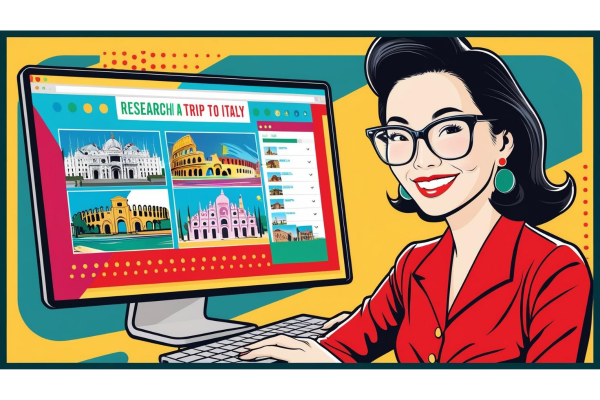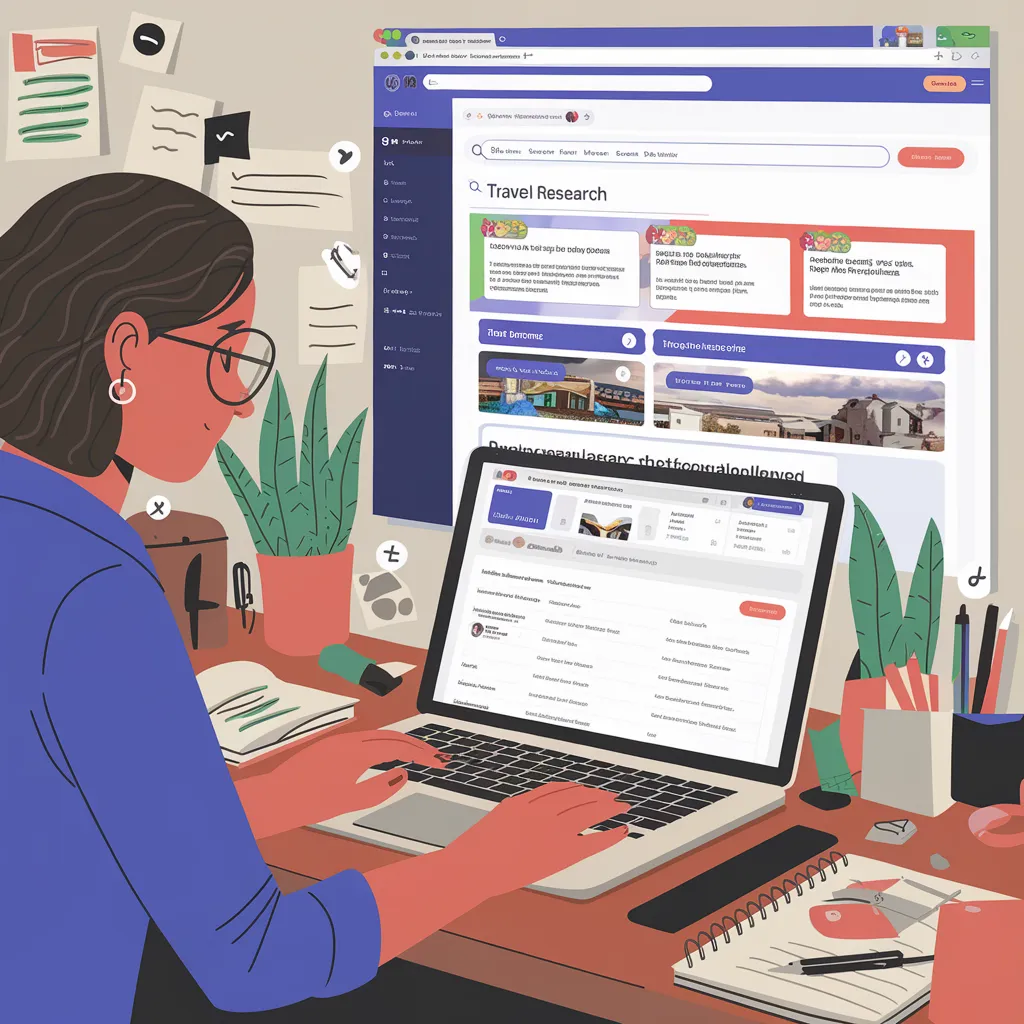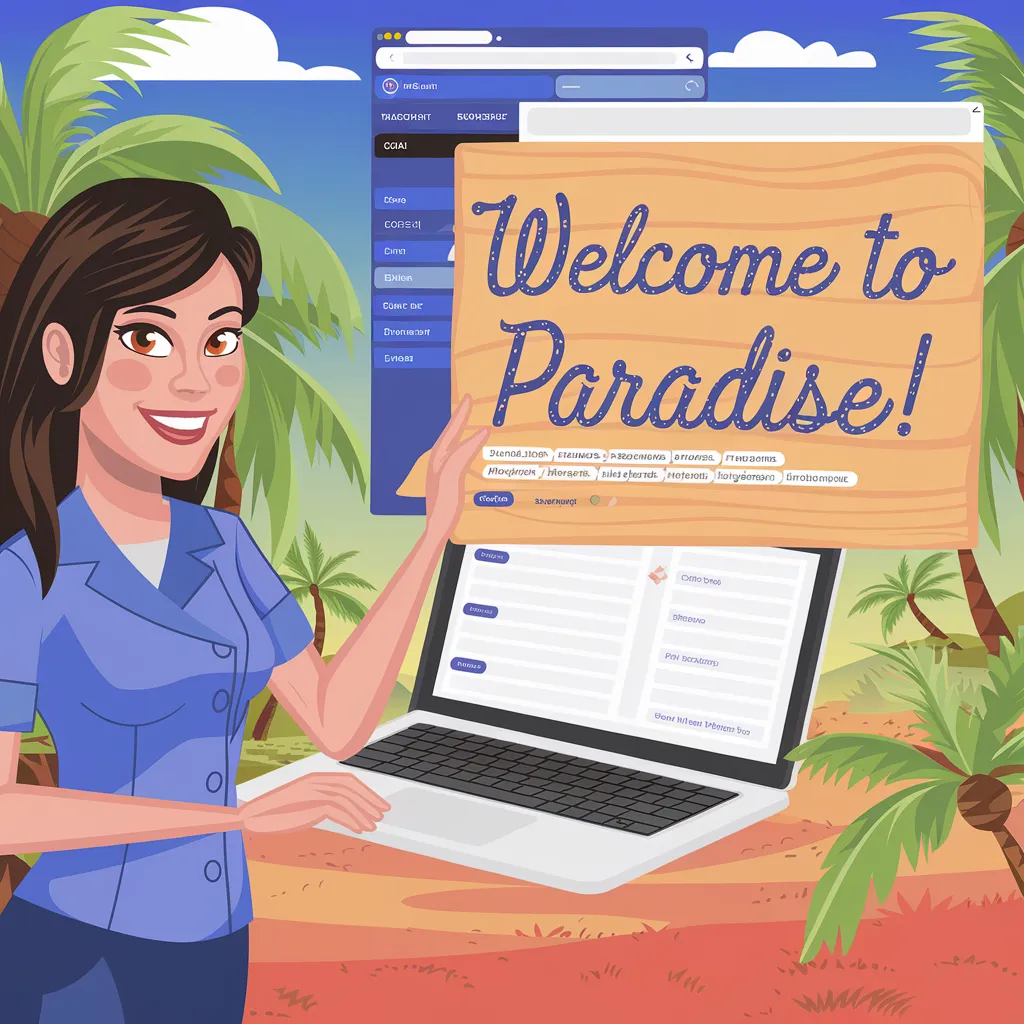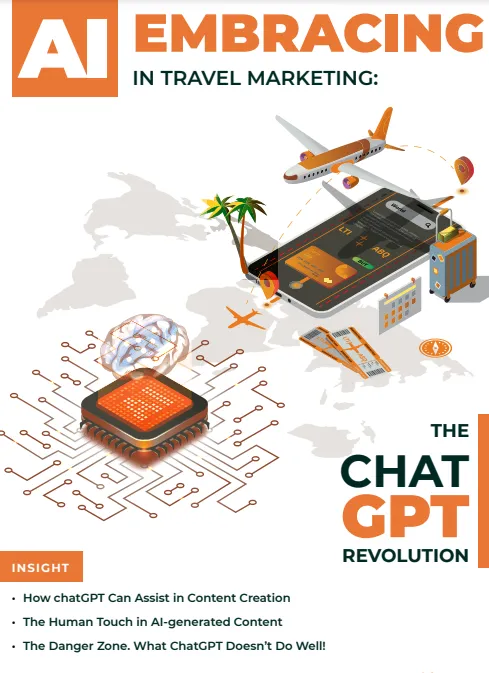
Travel and Tourism Professionals.
Double Your Bookings.
Without Sounding Like AI Wrote It.
Smarter content, powered by real
traveller psychology, not out-of-the-box AI.
Struggling to create content that actually results in bookings?
If you’re in the travel or tourism industry, whether you run a cruise brand, accommodation business, tour company, travel agency, or destination marketing organisation, you already know content matters.
But most of it feels like a chore. It takes too long to produce, it’s hard to stay consistent, and often... it doesn’t bring results.
That’s because most travel content is:
Not grounded in real traveller behaviour
Too generic
Written without a clear conversion strategy
Outsourced to generic agencies using out of the box AI
Even AI tools like ChatGPT weren’t built for this industry. They can produce words but not necessarily outcomes.

Why Great Content Drives Bookings
What many travel brands don’t realise is that content is one of the biggest influences on traveller decisions especially for higher-value guests.
Today’s travellers often spend dozens, even hundreds of hours researching before they book.
Whether they go through an agent or book direct, they’re engaging with:
Articles, blogs
Google, Youtube
Reading emails they subscribed to
Reading reviews on Tripadvisor, Google and travel forums
Watching and following their friends and family's travels on social media
And it’s the high-value traveller—the one who takes multiple trips a year and spends more per booking—who engages with this content the most.
Content is not just for awareness. It builds trust, answers key questions, and nudges travellers toward action.
But it only works when it’s:
It is genuinely relevant and helpful
Creates an emotional connection to the traveller reading
Grounded in real traveller psychology
Relevant to one of the 8 stages of the traveller customer journey.
Why Generic AI Content is Quietly Hurting Your Brand
AI tools like ChatGPT and Claude are powerful but they weren’t trained on the travel industry. And they weren’t trained on your brand.
What you end up with is content that:
Sounds robotic and vague
Lacks emotional depth
Feels the same as your competitors' posts
Says nothing unique or memorable
Uses dreadful, overused words and phrases that scream AI.
To a traveller, it just looks like another AI-generated post. It's boring.
And that creates a problem. High-value travellers are tuned in.
They’re scanning dozens of websites, social feeds, and blogs—often comparing destinations, brands, and offers.
If your content blends in, you disappear.
Generic AI may seem like a shortcut, but in travel, it’s not enough.
In fact, it can make your brand feel generic.
The Travel Marketing Machine™ is different.It’s powered by research, not just prompts. So every piece of content you generate reflects:
Real traveller psychology
Stratgic messaging
And your unique tone of voice and brand positioning
That’s how you build trust. That’s how you increase bookings.
Introducing the Travel Marketing Machine™
The AI Travel Marketing Machine™ is the only content system built specifically for the travel and tourism industry—powered by 20+ years of proprietary traveller behaviour research.
With it, you can:
Increase traveller bookings

Save hundreds of hours a year

Cut down on agency or freelancer costs

Create stronger messaging, faster

Who's This Perfect For?
Travel Agents and Host Agencies
Hotels, resorts, accommodation
cruise marketers
Tour operators
Destination Marketers
attractions
experiences
Local government tourism
regional tourism operators
Whether you’re a business owner or managing a marketing department, this platform is designed to help you produce content that leads to enquiries, bookings and sales, consistently.

What makes it different?
Unlike other AI tools, this isn’t general-purpose software.
It’s built for travel, and built on data that matters.
The founder, Bronwyn White has spent 30+ years in the the industry and spent over 20 years studying:
How travellers make decisions
What messaging builds trust (and what creates doubt)
The emotional triggers that drive bookings
Seasonal patterns, audience segments, and content formats that convert to enquiries and bookings
But what truly sets this system apart is our commitment to ongoing, primary research.
We don’t rely on AI to guess at what travellers want. We conduct face-to-face qualitative research speaking directly with real travellers.
This includes:
In-depth interviews and customer journey mapping
Observations and conversations with travellers on location
Direct insight into booking behaviours, motivations, and hesitations
These real-world findings are distilled into monthly updates, special reports, and trend briefs—so your content doesn’t just stay relevant, it stays strategic.
So while others rely on prompts and general AI tools, you’re building with a system grounded in human intelligence, lived experience, and continuous market discovery.
What you get
AI Travel Marketing Machine Content Generator.
Create blogs, emails, and social posts in minutes—tailored to your audience and offer.
Traveller Research Library
Access 20+ years of proprietary data on traveller psychology, updated monthly with new trends.
The Travel Marketing Machine Academy
Training modules to guide your strategy, content creation, and customer journey planning.
Weekly Group Coaching Calls
Live sessions to support you, answer questions, and keep your marketing moving forward.
Plug-and-Play Content Templates
Campaigns, calendars, email flows, and blog frameworks ready to customise and deploy.
Quick-Start Setup
We guide you through setup so you can start producing results quickly.
No surprise fees. No hidden costs. Just two clear ways to join.
Choose Your Plan
Monthly. Minimum 6 months
$499/month
Flexible entry, ideal for early adopters.
Instant access
No setup fees
Cancel any time after your minimum term

Annual. Save $1000
$4999/year
Best value for long-term content scale.
Good for large organisations/government
Ability to pay by invoice
Offer item you get lorem ipsum

30 DAYS MONEY BACK GUARANTEE!
We believe in the quality of our products and are committed to your satisfaction. That’s why we offer a 30-Day Money Back Guarantee on all purchases. If you are not completely satisfied with your purchase, simply return it within 30 days for a full refund, no questions asked.
Risk-Free

Testimonials
Sarah Webster: Director, Wayfinder Travel
CLICK BELOW TO WATCH FIRST!
"Today I've written letters to members for membership renewels, created 2 itineraries, sent out edms. I can't believe how much time I'm saving"
- Executive Officer, Regional Tourism Board

"Bron helped me to prioritise business development to rapidly grow and scale my digital content travel business, Im hitting my stretch goals this year with an active focus on growing revenue".
-Joyce Watts, Tot Hot or Not

“With Bronwyn’s guidance, I’ve made in a month what I made in the entire year (last year). It has, dare I say, changed my life"
- Sarah Webster, Wayfinder Travel

Get Your Free Report and Learn How to Use AI to Grow Bookings, Save Time, Streamline Content Creation and Engage Travellers.

Travel and Tourism Professionals
Get Your Free Report and Learn How to Use AI to Grow Bookings, Save Time, Streamline Content Creation and Engage Travellers.
© 2024 TRAVEL MARKETING MACHINE™
Email: [email protected]